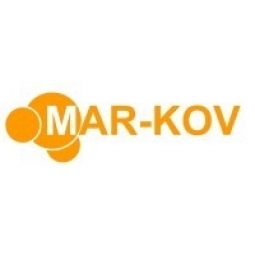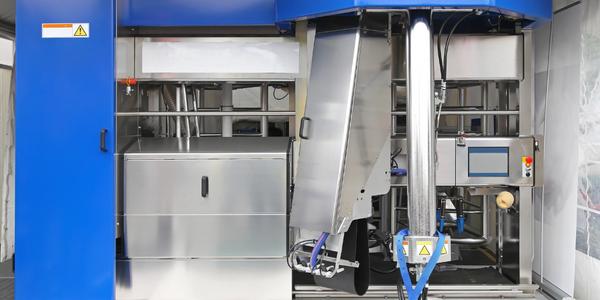Technology Category
- Functional Applications - Warehouse Management Systems (WMS)
- Sensors - Barcode Readers
Applicable Industries
- Agriculture
- Packaging
Applicable Functions
- Maintenance
- Warehouse & Inventory Management
Use Cases
- Farm Monitoring & Precision Farming
- Intelligent Packaging
Services
- System Integration
About The Customer
Fancy Farm Popcorn is a 100% family-owned and operated business located in Bernie, Missouri. The company was founded by two brothers, Fred and Chris Tanner, and the team consists of the Tanner family, dedicated long-time employees, and neighboring grower cooperators who contract popcorn production. Since 1987, they have been growing, harvesting, storing, processing, and packaging corn on their Southeast Missouri farm. They are proud to be the first in the industry to provide their customers with kits that include everything needed for a delicious batch of popcorn. In 2015, Fancy Farm pursued new client opportunities, aiming to expand their market and offer private label packages for larger customers.
The Challenge
Fancy Farm Popcorn, a family-owned business in Bernie, Missouri, was looking to scale up and expand their market by offering private label packages for larger customers. However, they realized that to be competitive, they needed to become a food-safe certified facility and implement formal and auditable lot traceability. Initially, this was managed manually with handwritten logs documenting production events and related lot numbers as they moved through the plant. The process started when the truck came off the field and rolled across the scale, with many truckloads combined into bins for storage and aging. Tests were performed routinely, and lot numbers for both ingredients and finished cases were required and tracked. However, as customer opportunities and production volume increased, manual lot tracking became burdensome. They needed a better system to ensure success.
The Solution
Fancy Farm worked with a consultant to determine their options and propose a solution. The initial requirement was a food manufacturing software package with strong lot traceability, lot-testing traceability, warehouse ease of use with barcode readers and mini tablets, integrated with QuickBooks, and deployed on a hosted environment. They chose Mar-Kov, a software that met all their requirements. The implementation phase lasted several months, with the system going live on July 1, 2015. The project trainer and solution designer helped set up and customize the system based on the processes and reporting needs that were already in place. The transition was challenging as the production and warehouse staff were transitioning from paper to a digital system. However, with time, the team grew accustomed to the system and began to see it as their tool for efficiency.
Operational Impact
Quantitative Benefit

Case Study missing?
Start adding your own!
Register with your work email and create a new case study profile for your business.
Related Case Studies.
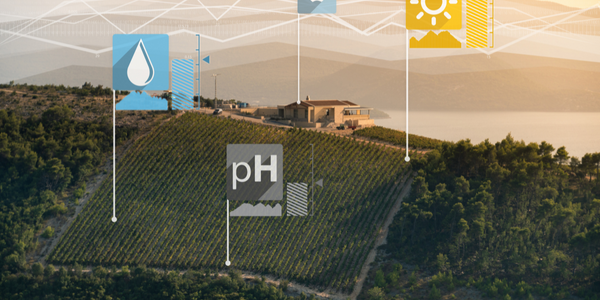
Case Study
Intelligent Farming with ThingWorx Analytics
Z Farms was facing three challenges: costly irrigation systems with water as a limited resource, narrow optimal ranges of soil moisture for growth with difficult maintenance and farm operators could not simply turn on irrigation systems like a faucet.
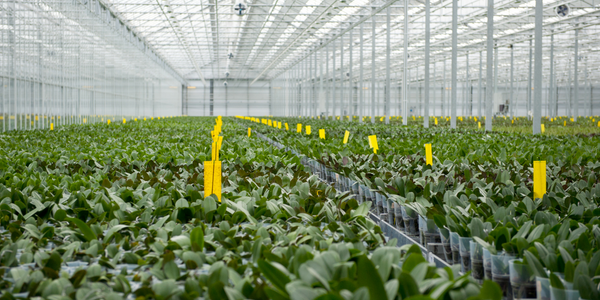
Case Study
Greenhouse Intelligent Monitoring and Control Solution
Farming Orchids is the most successful form of precision farming in Taiwan, and also the most exported flower. Orchids need a specific temperature and humidity conditions to grow and bloom, and its flowering time may not be in line with market demands, so the price collapses when there is overproduction. Therefore, some farmers began to import automated greenhouse control systems for breeding and forcing, which not only improves quality, but also effectively controls the production period and yield to ensure revenue. In 2012, an orchid farmer built a Forcing Greenhouse of about 200 pings (approximately 661 Square Meters) in Tainan, Taiwan. The system integrator adopted Advantech’s APAX-5000 series programmable automation controllers to build the control platform, coupled with Advantech WebAccess HMI/SCADA software, to achieve cloud monitoring. The staff of the orchid field can monitor important data anytime via smart phone, iPad, and other handheld devices, and control the growth and flowering conditions. System requirements: In the past, most environmental control systems of orchid greenhouses in Taiwan used PLCs (Programmable Logic Controller) with poorscalability and control, and could not be connected to the Internet formonitoring from the cloud. For advanced database analysis and networking capability, the PC platform must be adopted. Therefore, PAC Systems (Programmable Automation Controller) with both PLC programming capabilities andPC functions is a better choice.The environmental control of the Orchid greenhouse switches on and off devices like fan, shade net, cooling/heat pump, liquid flow control, water-cooling wall etc. It is controlled by a control panel of electric controllers, and is driven by a motor, to adjust the greenhouse temperature, humidity, and other environmental conditions to the set parameters.
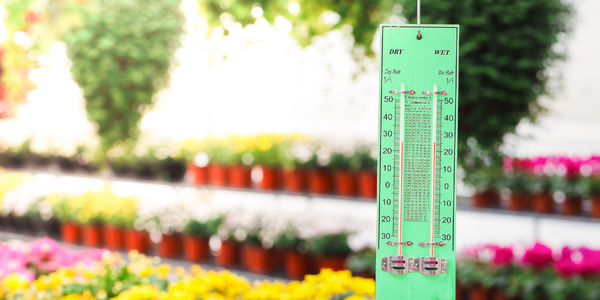
Case Study
Precision beekeeping with wireless temperature monitoring
Honeybees are insects of large economic value and provide a vital service to agriculture by pollinating a variety of crops. In addition, bees provide us with valuable products such as honey, beeswax, propolis, bee venom, etc. Monitoring of honeybee colony health, population, productivity, and environmental conditions affecting the colony health have always been exceedingly difficult tasks in apiculture. Research has shown that even small deviations (by more than 2°C) from the optimal temperatures have a significant influence on the development of the brood and the health of adult bees.
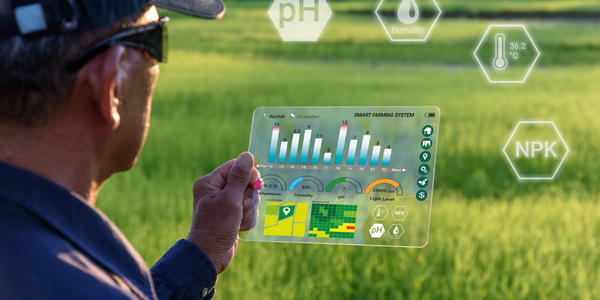
Case Study
Enabling Internet of Things Innovation in Agriculture
DigiBale, wanted to apply technology know-how and IP from implementations successfully to more agriculture sectors including cotton, forestry, sugarcane and cattle. However, farmers and growers still have worries about the connected technology.




